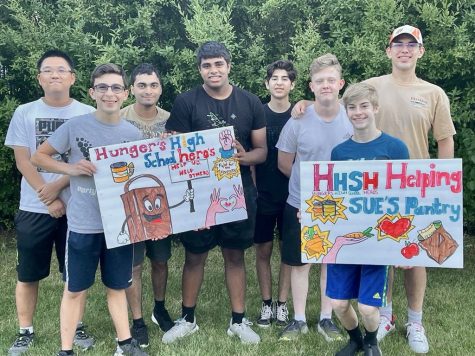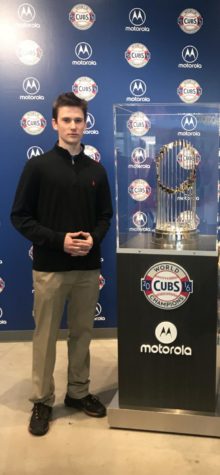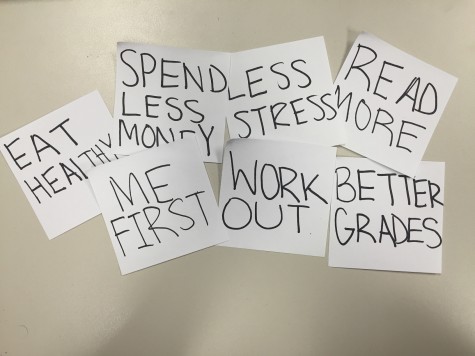My experience as a 2020 student election judge
As a seventeen-year-old in an election year hoping to do my part in American democracy, when I saw an Instagram story post calling for poll workers on Election Day, I signed right up. In preparation for Nov 1, the training was time-consuming: I studied PowerPoints, watched an hour-long training video, and attended a three hour, hands-on voter check-in judge training.
Fast forward to Election Day Eve, I was nervous all day because of the unprecedented number of early voters across the country—if the turnout was the same on Election Day, I could expect to be in contact with thousands of voters and work without a break to process the long lines. For my personal safety and emotional sanity, I hoped there wouldn’t be lines out the door. As a poll worker, you were required to arrive at your precinct at 5 a.m. to help set up, and leave after you packed up; the polls in Illinois closed at 7 p.m. CT.
Punctual as I am, I was the first to arrive at my polling location, the sky still pitch black. I was ecstatic to see two other high schoolers (who I later found out went to Libertyville High School) working the polls also, because I thought that I would be the only teen there. The rest of the poll workers were in their mid-fifties/mid-sixties, and one made sure to tell me she’d been a poll worker many many times before.
Before the precinct officially opened at 6 a.m., the precinct manager—a grandfatherly man named Gene who I immediately liked—gave the poll workers a brief speech about the importance of our job, and how in the 30+ years he was a poll worker, this year may have been one of the most important years to be a poll worker. At the end of his speech, he did something I never expected: he shed a tear. I had never seen someone get so emotional about protecting democracy, and it made me carry myself a little higher that day and made me proud to work the polls.
At 6 a.m. the polls finally opened, and anticlimactically, a handful of voters trickled in during the starting minutes, and more sporadically came in within the morning hours. I had expected the precinct doors to burst open and the voters to steadily stream in, but at times in the morning, the precinct was completely empty. As a voter check-in judge, my job was to pull up the voter on the e-Pollbook and verify their signature with the one from the clerk office’s records. In Illinois, a voter doesn’t need proof of ID to vote, so all they had to do was sign an application, and a matching signature would allow them to receive their designated ballot.
As the voters ebbed and flowed, us poll workers, expecting a busy morning, needed something to pass the time, and so I chatted with a poll watcher from Tenth Dems, while the fifty-something year olds turned to petty gossip and pretentious stories about their ~fancy~ election judge experience. I quickly grew annoyed with some of my fellow poll workers and took a break outside to eat my lunch and get away from the pretension.
The afternoon was languorous, like a drawn-out Sunday afternoon. Voters, save for a select few, all but dried up from 1 to 4 p.m., and I turned to Sudoku and outdated crossword puzzles to pass the time. However, in a marathon of an afternoon, there were bits of joy: every time a first-time voter cast their ballot, all the poll workers would erupt into a smattering of applause and cheers, and throughout the day, people brought us donuts and homemade cookies.
At 6 p.m., the polls on the East Coast closed, and I began to check my phone for incoming results every 10 minutes. We still were averaging around 20 voters an hour until 7 p.m., when we closed the precinct and started following procedure to tally the ballots and shut down e-Pollbooks. To ensure an accurate count, the number of ballots issued had to exactly match the number of ballots collected, and the ballots were run through a machine to tally the votes, which printed a long receipt of the precinct’s results, which averaged around 230 voters that day. I was tasked with taping the precinct results to the front door so the public could see the results, and in each result printed on the paper, I could physically see how each vote counted for a race, such as the presidential, senate, or state representative seats, as well as the tax amendment referendum vote. It was incredibly fulfilling to know that I helped participate in making voters’ voices heard, especially in such a pivotal election mid-pandemic.
I left the precinct at 7:45 p.m., almost dozing off on the drive home, but I left fulfilled and reminded of the power of the people and the power of democracy: each voter I checked in cast a ballot, and each ballot cast contributed to deciding which leaders were in the Illinois Congress, representing our state in D.C., and which candidate would be president. My experience being a student election judge is something I’ll never forget.





